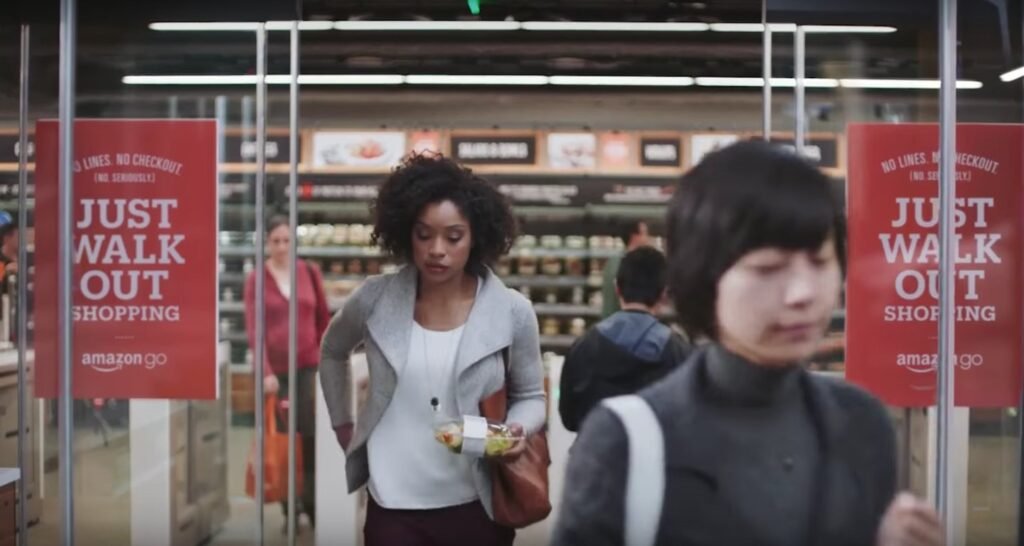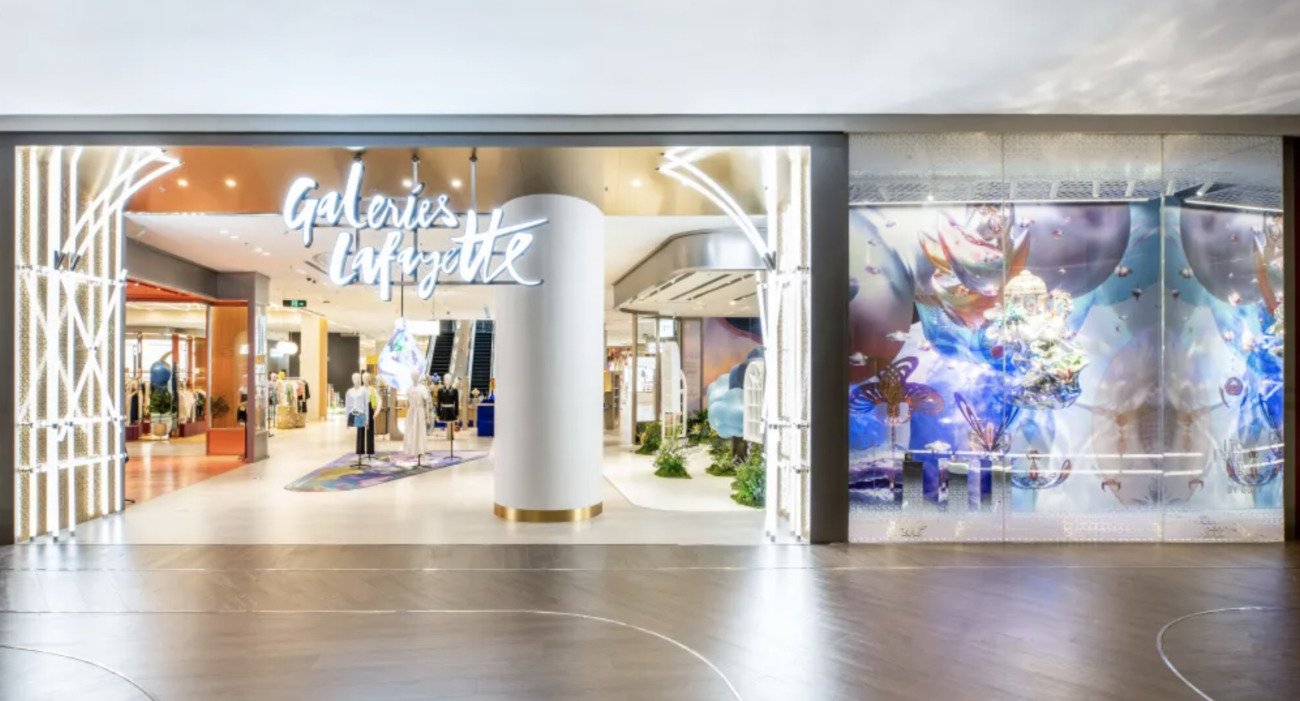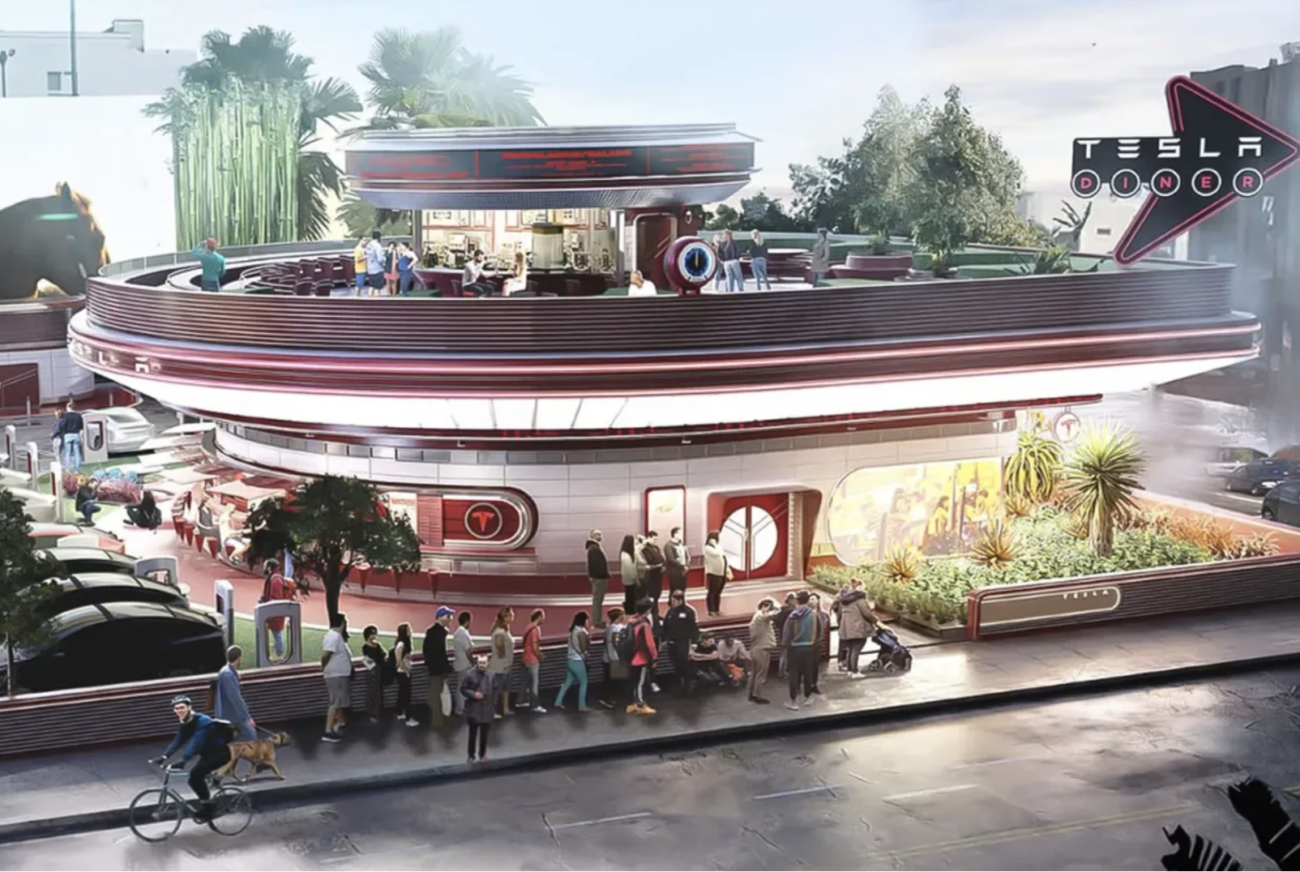Is American Retail at a Historic Tipping Point?
Along the cobblestone streets of SoHo, Chanel handbags and Arc’teryx jackets are displayed in shops like museum pieces, harking back to the height of the neighborhood’s trendiness. But rents there are softening, and the number

Along the cobblestone streets of SoHo, Chanel handbags and Arc’teryx jackets are displayed in shops like museum pieces, harking back to the height of the neighborhood’s trendiness. But rents there are softening, and the number of vacant storefronts is rising.
Today, some of the most sought-after real estate by retailers is not in SoHo, but five miles away in Red Hook, a gritty Brooklyn enclave with a shipbuilding past. E-commerce merchants are vying to lease part of a huge warehouse space, spanning 11 acres, that would allow them to deliver goods the same day they’re ordered online.
The profound reordering of New York’s shopping scene reflects a broad restructuring in the American retail industry.
E-commerce players, led by the industry giant Amazon, have made it so easy and fast for people to shop online that traditional retailers, shackled by fading real estate and a culture of selling in stores, are struggling to compete. This shift has been building gradually for years. But economists, retail workers and real estate investors say it appears that it has sped up in recent months.
Between 2010 and 2014, e-commerce grew by an average of $30 billion annually. Over the past three years, average annual growth has increased to $40 billion.
“That is the tipping point, right there,” said Barbara Denham, a senior economist at Reis, a real estate data and analytics firm. “It’s like the Doppler effect. The change is coming at you so fast, it feels like it is accelerating.”
This transformation is hollowing out suburban shopping malls, bankrupting longtime brands and leading to staggering job losses.
More workers in general merchandise stores have been laid off since October, about 89,000 Americans. That is more than all of the people employed in the United States coal industry, which President Trump championed during the campaign as a prime example of the workers who have been left behind in the economic recovery.
The job losses in retail could have unexpected social and political consequences, as huge numbers of low-wage retail employees become economically unhinged, just as manufacturing workers did in recent decades. About one out of every 10 Americans works in retail.
“There is a sea change happening in the retail industry,” said Mark Cohen, a former executive at Sears, who now runs the retail studies program at Columbia Business School. “And that is bringing a sea change in employment.”
Store closures, meanwhile, are on pace this year to eclipse the number of stores that closed in the depths of the Great Recession of 2008. Back then Americans, mired in foreclosures and investment losses, retrenched away from buying stuff.

The current torrent of closures comes as consumer confidence is strong and unemployment is low, suggesting that a permanent restructuring is underway, rather than a dip in the normal business cycle. In short, traditional retail may never recover.
The reordering should come as no surprise to anyone who has enjoyed the instant gratification of receiving that book or garden hose within 24 hours of ordering it. Or to anyone who has encountered the tired-looking mannequins and haggard sales associates at many department stores.
Modern-day retail is becoming unrecognizable from the glory era of the department store in the years after World War II. In that period, newly built highways shuttling people to and from the suburbs eventually gave rise to shopping malls — big, convenient, climate-controlled monuments to consumerism with lots of parking.
Over time, malls grew to be the size of indoor cities. Minnesota’s Mall of America opened in 1992 with a footprint so large that it could fit nine Yankee Stadiums inside.
Now, many of these once celebrated malls are emptying out or being turned into trampoline parks and community colleges. “The retail industry built too much space,” said Bruce Batkin, chief executive of Terra Capital Partners, a commercial real estate lender.
Last week, Mr. Batkin got a call from a landlord looking to refinance his shopping center with a 10-year loan. Mr. Batkin passed on the deal because it was too difficult to predict what might happen to occupancy in the property 10 years from now.
“Things are changing so fast in retail that a year needs to be measured in dog years,” he said.
Still, there are many investors who are not giving up on the notion that online retail and traditional stores can coexist and even thrive together. Retailers have hoped that their traditional stores, by offering catchy displays and top-notice service, can lure shoppers away from their screens. Some of the best evidence that brick-and-mortar retail is still viable may be Amazon’s experimentation with operating physical stores of its own.
In reality, however, some workers say that they will often spend time helping out a customer on the shop floor, only to have that person leave the store and order a product online. That often hits salespeople in the wallet: Many are paid on commission, but only on sales they complete in person in the store.
At Bloomingdale’s, employees who are members of the Retail, Wholesale and Department Store Union are arguing that the company should improve how sales staff are compensated for helping facilitate e-commerce business — like helping customers pick up goods in the store that were ordered online.
“You want an in-store experience that will make customers want to come into the store,” the union president, Stuart Appelbaum, said. “That requires highly motivated employees.”
A Bloomingdale’s spokeswoman said the company is negotiating with the union over a new contract in “good faith” and was taking steps to invest in its work force..
The retail industry has always had its ups and downs. Workers frequently hop from one store to another, as styles and brands fall out of fashion. But even to many experienced retail workers, who are used to losing their jobs based on the seasons, this downturn feels different.
Hilda Awuor, 27, lost her job at the Saks Fifth Avenue store in Lower Manhattan last month. After bouncing between jobs in different clothing stores, she said she is now done with retail and is trying to find a different career entirely.
“I really like helping customers create a new style,” said Ms. Awuor, who was paid $16 an hour. “But there is no job security anymore.”
Some economists say this is how the market is supposed to work. After the recession, retail hiring was a big driver of the recovery. But now that the economy is stronger, retail workers theoretically should be pushed out into potentially higher paying jobs that offer more chances to create wealth.
“This is creative destruction at its best,” said Mark Zandi, chief economist at Moody’s Analytics. “We are downsizing a part of the economy that is uncompetitive. While painful for those in the middle of it, this is how we grow and wealth is created.”
But Mr. Cohen, of Columbia University, said the upending of an entire industry will not be so tidy. Warehouses like the one in Red Hook typically employ a few hundred people, according to Sitex Group, a private equity firm that is expected to close on the property in a few weeks.
While these distribution centers could replace some of the work lost in stores, they likely won’t make up the entire difference. That is because much of the operations are automated and require different skills and sensibilities than selling jeans.
“There is a rolling crisis that has emerged in the last couple of years as store closings are being announced,” Mr. Cohen said. “People are losing their jobs and have no other place to go.
“Theoretically this is the marketplace rationalizing itself, but in the interim how do people survive?”
Via The New York Times
 English
English






